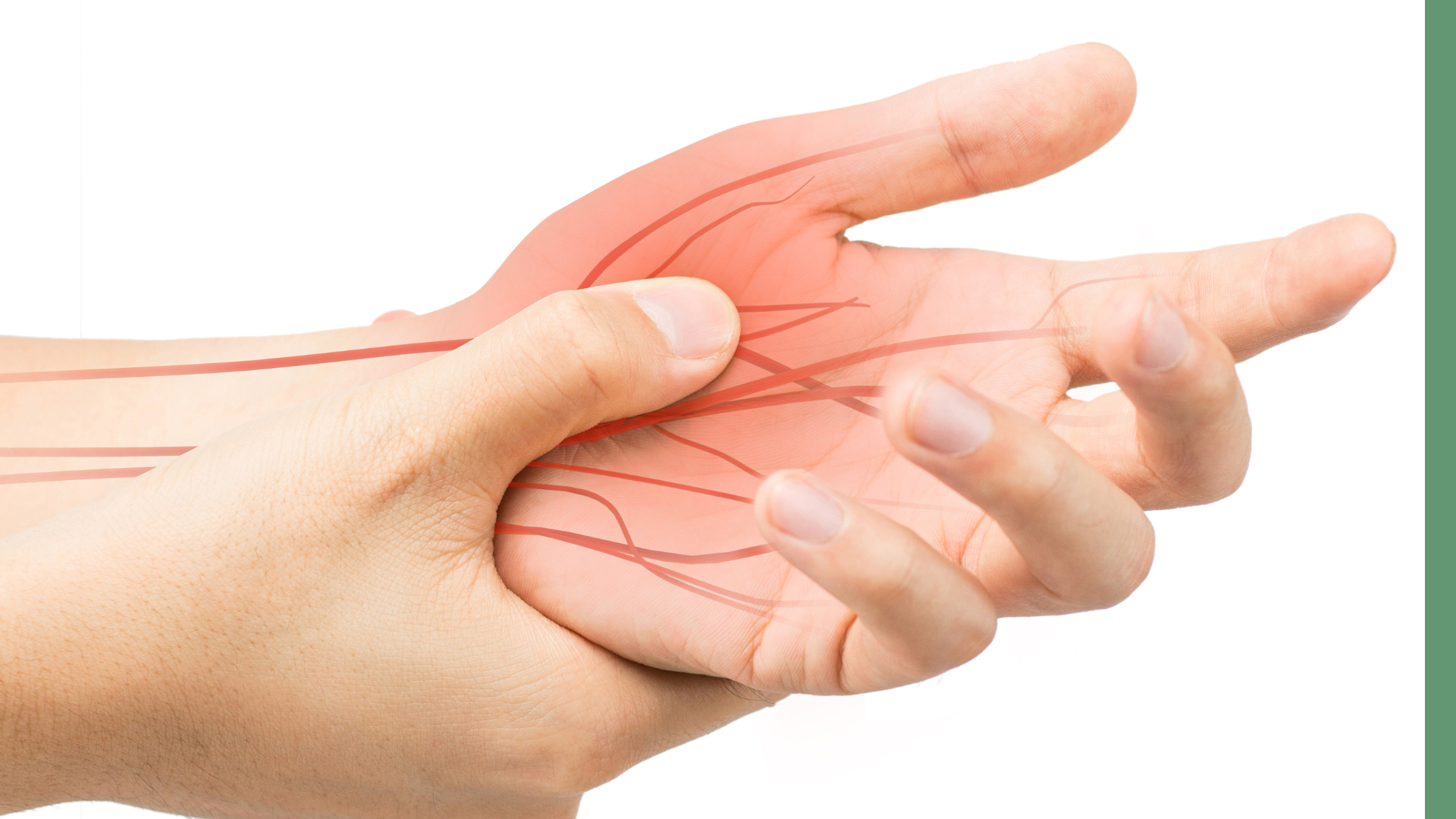Therapy Found Effective for Carpal Tunnel Syndrome
Introduce topic of carpal tunnel syndrome and its prevalence
- Explain the purpose of the blog post: to discuss physical therapy as an effective treatment for carpal tunnel syndrome
What is Carpal Tunnel Syndrome?
- Define carpal tunnel syndrome and its causes (compression of the median nerve in the wrist)
- Discuss symptoms of carpal tunnel syndrome (numbness, tingling, weakness in hand and fingers)
- Mention potential consequences of untreated carpal tunnel syndrome (permanent loss of function in the hand)
Physical Therapy for Carpal Tunnel Syndrome
- Discuss how physical therapy can help to alleviate symptoms of carpal tunnel syndrome
- Describe specific physical therapy techniques that may be used, such as stretching and strengthening exercises for the wrist and hand
- Explain the benefits of physical therapy for carpal tunnel syndrome, such as improved flexibility and reduced pressure on the median nerve
Other Treatment Options
- Mention other treatment options for carpal tunnel syndrome, such as splinting, hot and cold therapy, and ultrasound
- Discuss when surgery may be necessary for carpal tunnel syndrome and what the procedure involves
Conclusion
- Recap the effectiveness of physical therapy for treating carpal tunnel syndrome
- Encourage readers to speak with a healthcare provider to determine the most appropriate treatment for their individual needs
- Emphasize the importance of seeking treatment for carpal tunnel syndrome to prevent long-term damage to the median nerve and preserve hand function




